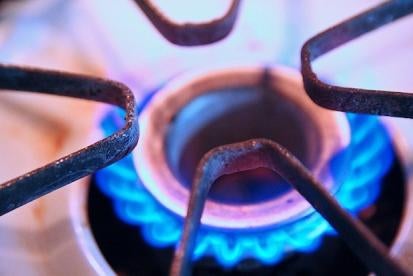If the current EPA has its way, natural gas processing facilities will soon be required to report release and waste management data in accordance with Section 313 of the Emergency Planning and Community Right-to-Know Act (EPCRA), otherwise known as the Toxics Release Inventory (TRI). On January 6, 2017, EPA published in the federal register a proposal to add natural gas processors to the list of industries that are subject to TRI annual reporting. EPA’s decision arose out of an Administrative Procedure Act (APA) petition filed by an environmental group in 2012 and is a classic example of the “sue and settle” strategy employed by this Administration and environmental groups over the past eight years. Generally, such a strategy is where EPA invites lawsuits from environmental groups in order to set judicial or settlement deadlines to undertake a rulemaking; thereby nullifying any political or resource issues that would otherwise delay a rulemaking. The agreed-to timelines often truncate the public comment period, placing industry commenters at a disadvantage.
A national environmental group requested EPA add the entire oil and gas extraction sector to the list of sectors required to report under the TRI. Just over one year ago, EPA responded to the petition, declining to extend the TRI requirements to the entire oil and gas sector, but agreeing that natural gas processing facilities should be subject to TRI. The announcement last week is the latest step in EPA’s effort to move forward with that decision, despite the fact that much of the information EPA seeks disclosure of is already publically available. Finalizing this rule would add additional regulatory administrative burdens on natural gas processors. The proposal applies to facilities that primarily engage in the recovery of liquid hydrocarbons from oil and gas field gases, including facilities that engage in sulfur recovery from natural gas, and which manufacture, process, or otherwise use regulated chemicals.
With natural gas processing facilities now a listed sector, applicability depends on two remaining factors: (1) whether a facility has 10 or more full-time employees, and (2) whether a facility manufactures, processes, or otherwise uses listed toxic chemicals in amounts above relevant reporting threshold levels. EPA estimates that at least 282 natural gas processing facilities in United States would annually meet the TRI reporting thresholds for at least one of the TRI-listed chemicals and, if the rule is finalized, would have to submit TRI information to EPA.
Finalization of the proposed rule is dependent on a review by the Trump Administration. We will keep an eye on that process and will provide updates as they are available. In the meantime, EPA is accepting comments on the proposed rule through March 7, 2017.



 i
i


